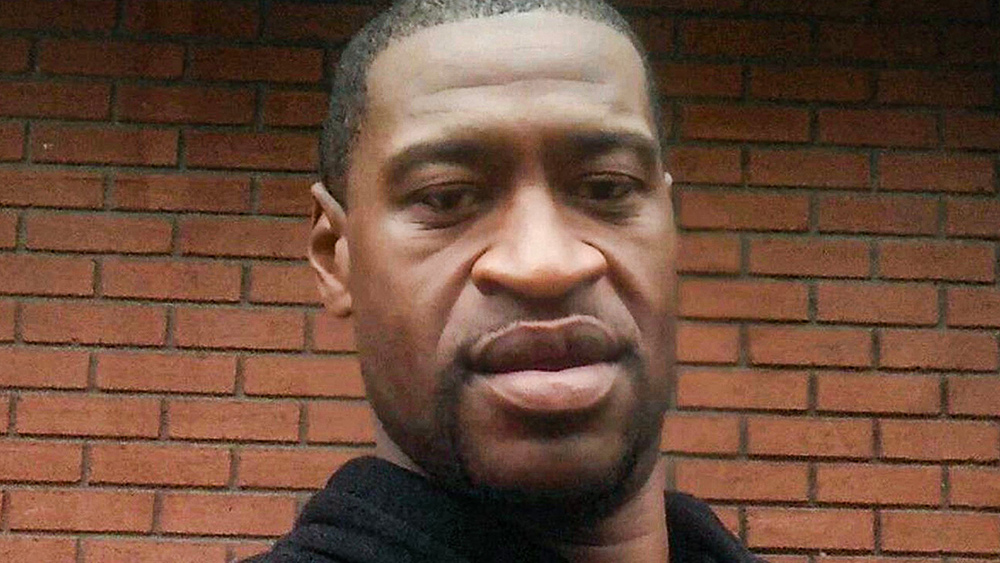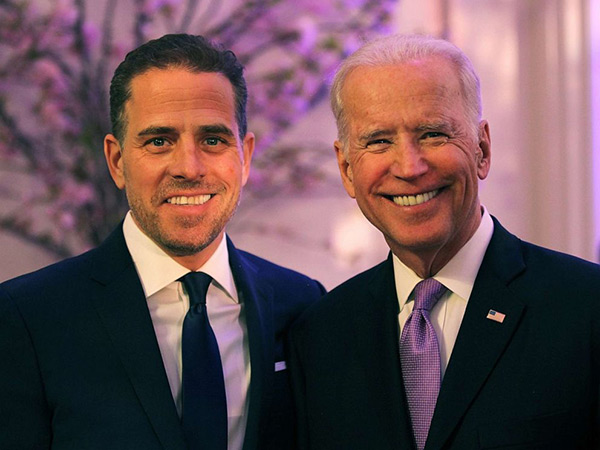
Documents were released that show Floyd had extremely high levels of the drug fentanyl in his blood that could have contributed to his death. Hennepin County Chief Medical Examiner Andrew Baker said the level of fentanyl was “pretty high” and enough to cause pulmonary edema.
His lungs were two to three times their normal weight at autopsy, and the documents said his level of fentanyl was considered fatal in normal circumstances. The document also said: “AB [Baker] said that if Mr. Floyd had been found dead in his home (or anywhere else) and there were no other contributing factors he would conclude that it was an overdose death.”
His fentanyl level was listed as 11 ng/mL; fentanyl-related fatalities have been recorded from as little as 3 ng/mL.
Writing in American Spectator, former federal prosecutor and ex-Chief of the Police Brutality/Misconduct Unit of the Philadelphia District Attorney’s Office George Parry said: "Defense counsel should blow up those sections of the toxicology report to Mount Rushmore–size proportions, hang them on the courtroom wall, and read them every five minutes to the jury. They more than explain Floyd’s bizarre behavior, inability to stand, difficulty walking, and complaints about being unable to breathe while sitting, standing, and lying on the ground."
In his autopsy, Floyd’s death was listed as being caused by a “cardiopulmonary arrest complicating law enforcement subdual, restraint, and neck compression.” Fentanyl intoxication, recent methamphetamine use, and heart disease were listed as other significant conditions.
Floyd was already complaining he couldn't breathe before being put under restraint
Moreover, videotapes of the scene show Floyd complaining he was unable to breathe before he was placed under restraint. Body camera videos show that he said he couldn’t breathe at least six times before being pinned to the ground. It’s also important to note that the neck restraint technique Chauvin used is one that is taught to Minnesota police in official training, and experts who have seen the video say it was a “textbook application of this technique, which is officially approved.
Floyd openly admitted to the officers that he had been taking drugs. When he resisted going inside the police car, claiming he was claustrophobic and couldn’t breathe, Officer Thomas Lane offered to stay with him, put the windows down and turn on the air conditioning, but the officers ultimately decided to lay him down on the street.
The signs of an overdose of fentanyl include severe respiratory depression, hypotension, seizures, coma and death. And let’s not forget that he also had methamphetamines in his system, which can also cause respiratory distress, coma and death, in addition to paranoia.
In fact, when Chauvin placed his knee on Floyd’s neck, the officers had been waiting for an ambulance to arrive to help Floyd with his overdose symptoms. The police called for emergency medical services twice to come and render aid. It doesn’t make a lot of sense to think they would then decide in the meantime to intentionally kill him in public while witnesses looked on with video cameras.
These officers were dealing with a man who was acting erratically, completely incoherent at times, foaming at the mouth, unable to stand up, and non-compliant. He said he couldn’t breathe and asked to lie on the ground. When the ambulance did arrive, Officer Lane went inside and helped administer CPR to Floyd on the way to the hospital. Although this situation was handled poorly in several ways, it is quite clear that Floyd's breathing trouble was the result of his drug use -- and it likely played a very big role in his death as well.
Sources for this article include:
Please contact us for more information.























